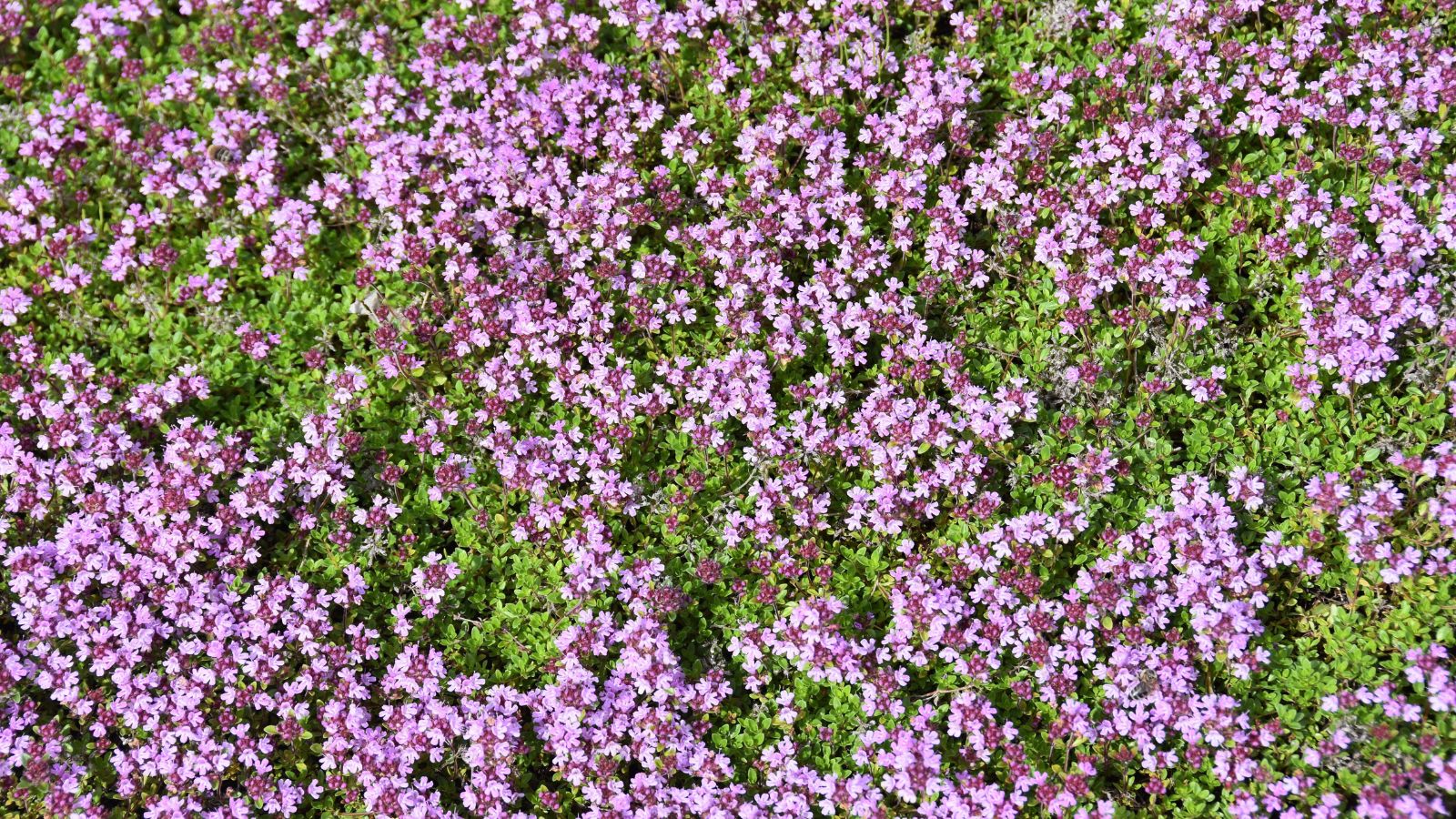These junipers on the south side of my house were severely sunscalded this winter. This has never happened in the 30 years of living here. What can I do to save these, and what can I do to prevent this from happening again? — Gayle A.
Winterburn on evergreens is one of nature’s most unpredictable events. Wise professor Neal Holland once told me that winterburn can be a once-every-30-years occurrence, and that meshes with your experience. Winterburn on evergreens happens when certain factors line up in just the wrong combination.

Contributing factors include lack of snow cover, winter wind, dry soil and sunshine. If moisture going into winter isn’t optimal, needles can desiccate. Lack of snow cover exposes the foliage to the drying forces of winter wind.
Branches below the snow line are often protected, which is problematic, of course, during winters with minimal snow. Winter sunshine can warm and thaw evergreen foliage, especially on the south and west sides of homes, only to refreeze at sundown. The freezing and thawing ruptures plant cells.
Sun reflecting from the house’s white siding can compound the burning effect. What can be done now? The best option is to wait and see what happens. If the winterburn didn’t kill the inner structure of the branches and only burned the needles, new foliage could conceivably emerge in May.
Scratch the outer bark of a few branches. A green layer, the cambium, under the outer grayish bark indicates the lifegiving layer is still intact. If that layer has turned brown, that branch is dead and can’t be resurrected.
Pausing any action until evergreens begin May growth will give you a clearer picture of the extent of damage. If damage is minimal, dead portions can be pruned away. If a majority of the evergreen’s branches are dead, evergreens don’t recover well from a drastic cutback the way deciduous, leafy shrubs do, and severely injured evergreens often require replacement.
On a positive note, I notice from your photo that the evergreen arborvitae on the corner appears to have been untouched by winterburn. Different evergreen types react differently when the problem strikes. By the way, congratulations on circling the arborvitae with protective fencing.
If rabbits find an arborvitae, they create a salad buffet, often permanently ruining the shrub’s shape. How often should you water a succulent-type houseplant? — Dean W. My cheeky answer is always “whenever it needs it.
” There’s truth in the statement, though, as it’s difficult with any houseplant to set a rigid schedule of when to water. Much depends on plant size, pot size, soil type, sun exposure and temperature within the room. A good plan is to check houseplants on a schedule, but water them only if you’ve determined they need it.
To determine whether a plant needs watering, the finger is a good moisture meter. Insert a finger into the soil up to the first joint. If you feel moisture at the fingertip, the root system has moisture, so check again in a day or two.
This finger moisture meter test can be tweaked depending on plant type. Ferns — native to moist woodlands — can be watered when you still feel a little moisture down in the soil. Succulents and cacti, on the other hand, are native to drier climates and appreciate the soil becoming very dry between waterings.
Experience with your plants is the best teacher, but watering frequency for succulents usually falls in the every two-to-four-week range, depending on pot size. The key factor is to check the soil to determine the moisture level and then proceed accordingly. I’ve had problems starting cleome seed.
Any tips that you know of? — Natalie N. Cleome are beautiful annuals and well-worth including in the annual flowerbed. To coax better germination, refrigerate the seeds for at least two weeks before planting in a seed tray.
Once planted, alternate the seeding mix temperature between warm and cool by placing the seed tray on a germinating heat mat during the day and removing it at night. In a week, the seeds should be growing. Cleome grow quickly, so seeding in mid-April yields nice starter plants by mid-May.
.
Environment

Evergreen winterburn is hard to reverse if severe

In Fielding Questions, readers also asked about when to water succulents and how to start cleome seed.















